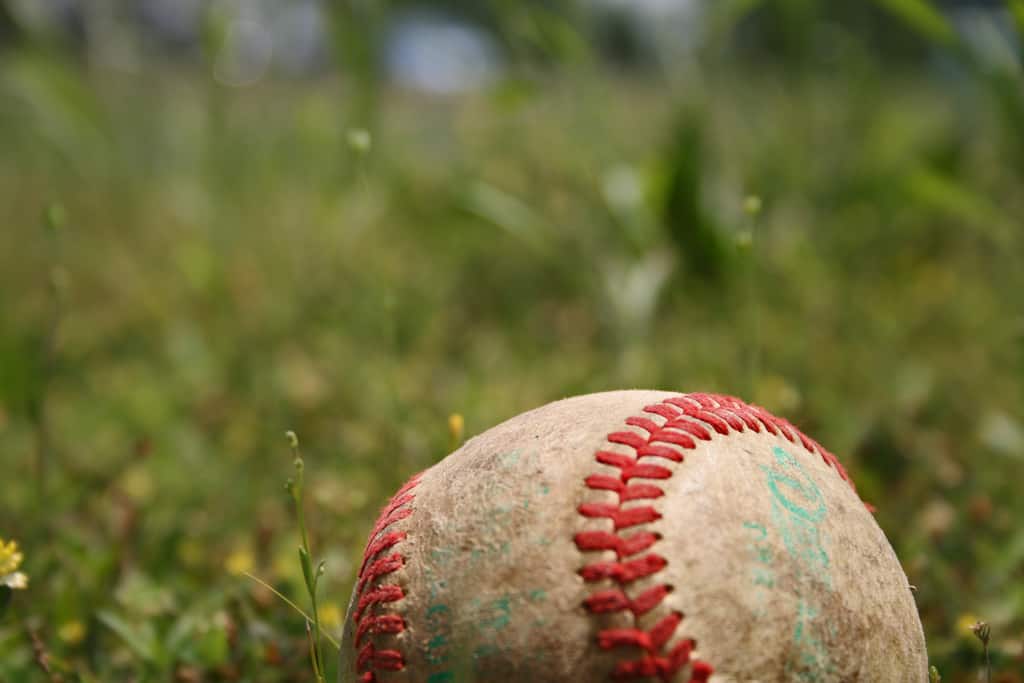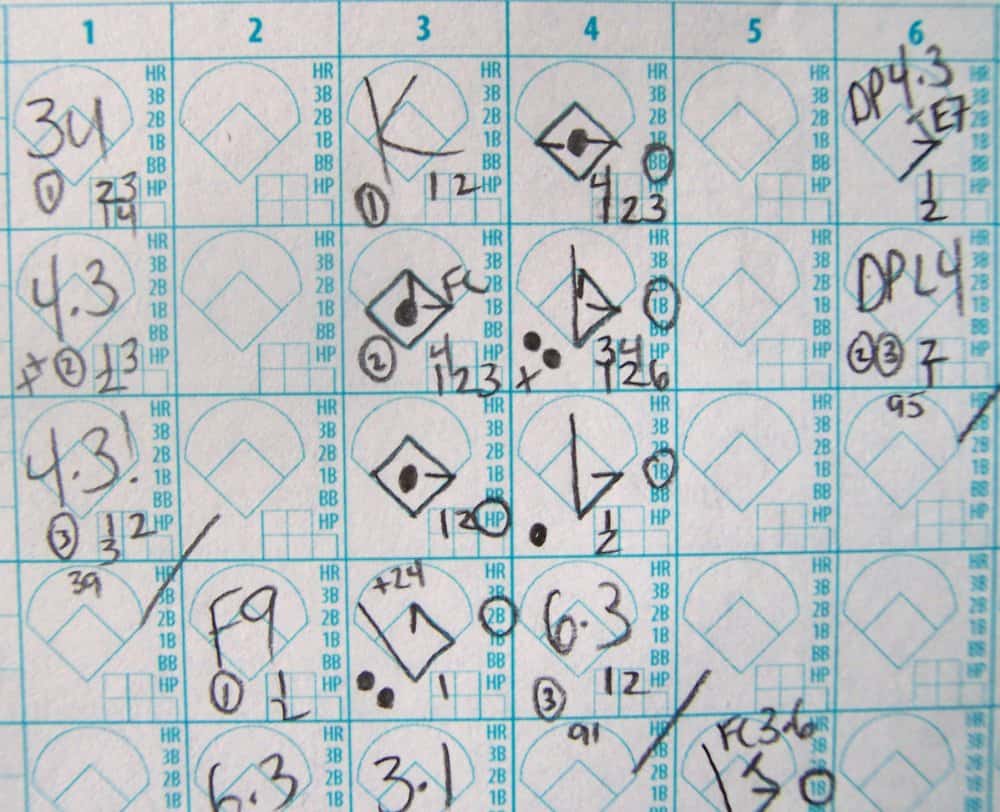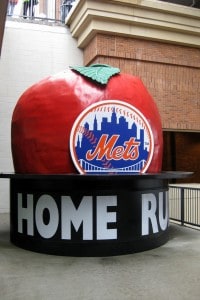The first day of April was a busy one for me in 1996. For starters, it marked the ten-year anniversary of one of the more traumatic academic moments in my life. I wish retelling the story stung less. But talking about this is good.
On March 31, 1986, I accepted the challenge that Mrs. Braverman, my second-grade teacher, laid before my class when she put the following question to us for homework: “What is Einstein’s theory of special relativity?” We were told to write our answers and to be prepared to explain them in front of our colleagues. Puzzled and intimidated, but driven by a soon-to-get-ugly perfectionism, I went home and looked up three terms in the musty Funk and Wagnalls dictionary that my grandmother kept on top of the sewing desk in her room: “Einstein,” “special relativity,” and “colleagues.” I discovered only the last of the three in that book. To this day, that little find causes me to wonder much about whether a group of 8 year-olds can rightly be called “colleagues.” (I remain undecided).
I next sought out our family’s gigantic one-volume encyclopedia – there was no fancy World Book series in the Folan household, nor did we have volume upon volume of the just-recently-out-of-print Encyclopedia Britannica – to see if it could be of any help. As I flipped to the “E” section, I was disappointed not to find an entry about Dr. Emmett Brown’s dog in Back to the Future (what of his historical significance?!). Instead, I found this picture of the great German scientist, wild hair like a shih-tzu (I know nothing about dogs, and none of the Google pics of shih-tzus had particularly wild hair, but if you think I’m passing up the chance to use the name of this dog breed, you’re sorely mistaken), droopy eyes like a basset hound, and an outstretched tongue like, well, like just about any dog I’ve ever seen. The hour or two five minutes I spent poring over the page-long article on Einstein did not do much to help me understand the theory of special relativity. Enlisting the help of my parents gave me something to present the next day, but that particular something had precious little substance. Still, we rehearsed it for a while, wondered why Mrs. Braverman would give such a bizarre assignment, watched an episode of something like Valerie’s Family, and called it quits at the exceedingly reasonable hour of 8:30 p.m.
Do you, dear reader, see what my parents and I missed? Have you decoded the sphinx-like talk of Mrs. Braverman? If so, join the vast majority of my classmates, virtually all of whom got the punch line when I failed to realize the joke was on us. Because the assignment was given on March 31st, it would be due on April Fool’s Day; a day when all academic integrity, decency, honor, and goodness, not to mention freedom and patriotism, apparently take a vacation; therefore, the assignment was never really meant to be completed. QED… or so the argument goes.
But as I say, recalling this was only part of the busy-ness of April 1, 1996.
That year, April 1st was Monday of Holy Week. Lest you think that everything previous to this was all a setup just to ensnare you in a story about some long-ago prelude to the Paschal Triduum, I will be quick to tell you that it was also Opening Day, the start of the Major League Baseball season. What’s more, because I was a student at a Catholic high school, Holy Week was vacation time. My favorite team, the New York Mets, was beginning the year at home, so with a group of friends I headed out to Shea Stadium for the game.
Recalling this memory at the start of yet another baseball season prompts me to offer some brief reflections, some of them about baseball in general, some about that game in particular. I have nine in mind – one for each inning of a regulation baseball game. None of them has the slightest thing to do with religion, spirituality, my Jesuit life, or the price of tea in China (which, I’m told, is now offered in “Starbury” flavors). God’s in all things, though, folks, all things.
- Baseball starts and stops in the same calendar year. This, I grant, says more about my hunger for clarity than it does anything else. But think about it: aside from baseball, each of the other major sports in this country – football, basketball, and hockey – all begin and end in different calendar years. The Giants beat the Patriots in the Super Bowl about two months ago…does that make them the 2012 NFL Champions? I guess it all depends upon how you look at it. Maybe they’re the 2011 champions because that’s when they won the bulk of their games. Maybe they’re the 2012 champions because that’s when they won the Super Bowl. The same chaos ensues in basketball and hockey…but not in baseball. Thank you, Abner Doubleday.
- No clock. The downsides of this one are plain: pitchers can lollygag; batters can step endlessly in and out of the batter’s box; and games can last forever. But there is something nice about a sport in which a team cannot freeze the clock, ice the kicker, or call a timeout to slow an opponent’s momentum. If a team is to win a regulation baseball game, it needs to record 27 outs. No tricks. No gimmicks. Maybe an occasional spitball.
- Keeping score. If the no clock thing still grates on you, try keeping score at a baseball game. It is a nice way to pass the time, and it lets you pepper your conversation with all sorts of interesting tidbits: “I wouldn’t expect much here. The last time this guy got up with runners on the corners, he bounced into a 6-4-3 double play” or “Wow, a catcher’s balk. Dennis, how would you score that one?” Keeping score can also bring you into some sort of dialogue, or even rivalry, with a game’s official scorer. I take special relish in disagreeing with the official scorer and noting as much on my scorecard. It’s my way of speaking truth to power. Still I rise.
- An awesome defensive play. When you get to see a real “web gem” in person, nothing beats it. They don’t happen every game, but one memorable one occurred back on Opening Day in 1996, courtesy of career .246 hitter Rey Ordoñez. Click here to see it (feel free to drink in all 45 seconds of Ordoñez’s masterful fielding, but, if ¾ of a minute is too great an investment of time, fast forward to 0:38). Every now and then Rey could pley. Er, play.
- Playing the hand you’re dealt. This might be my favorite feature of baseball. In every other major sport in this country, when it gets to be crunch time, a coach can turn to the superstars. Kobe Bryant attempts the buzzer beaters for the Lakers; new Bronco Peyton Manning will have the ball in his hands for a game-winning drive; the first line of a hockey team is on the ice late in the third period. But in baseball, if your team is one out away from losing the World Series, and your number six hitter is up at bat, then your number six hitter better get on base. This is just what happened to the St. Louis Cardinals last October. Whom would you choose to face fireballer Nefatli Feliz in the situation I describe – Albert Pujols or David Freese? (You’re lying if you say Freese). In baseball, however, there is no choice. It’s either Freese or someone on the bench. Were the rules different, this would never have happened. And in case you don’t remember or never knew it in the first place, this same number six hitter did this two innings later. Sometimes, less really is more.
- A sweet comeback. The phenomenon of the comeback plays a role in every sport, of course, but it always struck me as something special in baseball. Maybe that has something to do with the game not having a clock. I never worry about whether or not a team is going to have the time to orchestrate a comeback, I worry about whether that team is going to have the talent or heart to do it. Time is simply not an issue.
- The 7th inning stretch. How can you not love this little peculiarity of baseball? It even has its own song, which, after “Happy Birthday,” might just be the most well-known song (as least as far as knowledge of lyrics is concerned) in the whole of American culture. But is it “I don’t care if I never get back,” or “I don’t care if I ever get back”? Where’s that scorecard?
- Tony LaRussa’s first game as Cardinals’ manager. I will admit that until I started doing some research, I had no idea that the game I attended back in April of 1996 was LaRussa’s first as the skipper of the Cardinals, but it strikes me as a fun little fact – more emphasis on “little” than on “fun.” LaRussa would go on to win two World Series championships with the Cards to add to one achieved with the A’s. This trio of rings, plus more than 2700 regular season wins, makes LaRussa a no-brainer first-ballot Hall of Famer. This Bud’s for you, Tony.
- My first solo LIRR trip. Okay, this is not really about baseball, but, as far as I can remember, this is the first time I ever made the haul from Massapequa Park to Woodside (where I had to change to get another train to Shea Stadium) on my own. It would be the first of many train trips between my hometown and New York City that I navigated solo. To this day – knock on wood – I have never woken up in Babylon, wondering how I slept through my stop, a feat that only the Long Island readership will appreciate.
So there they are. Nine thoughts for your consideration as a new season gets started.
Play ball, and go Mets! We are an Easter people.




